Society
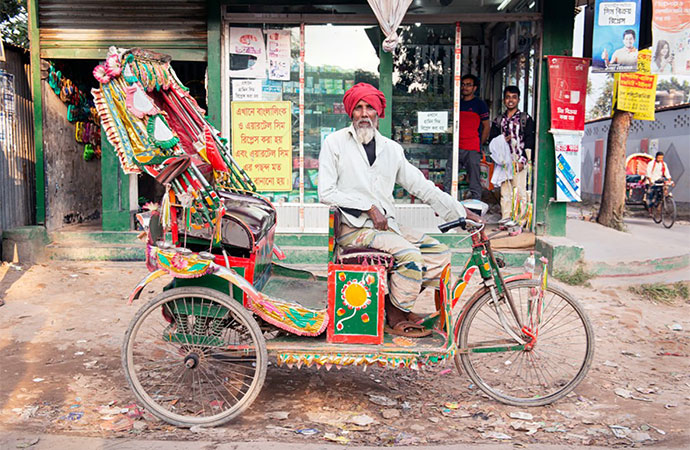
Image: Collected
Once upon a time during the colonial eras, the British introduced hand-pulled rickshaws in Kolkata as an alternate to the ornate palanquins used by the then aristocracy and business persons. In contrast, rickshaws today stand witness to a socio-economic lifestyle in Bangladesh that no longer caters to the elites or the feudal lords, but the masses.
Tracing back to its origins, hand-pulled rickshaws were invented in Japan in 1869, with the term 'rickshaw' deriving from the Japanese word 'jin-riki-sha', meaning 'human-powered vehicle'. In 2023, UNESCO recognized Dhaka's rickshaws and rickshaw paintings as testaments of intangible cultural heritage.
Over the many decades, dynamically evolving from the colonial master-slave power dynamics of one human pulling another to the adapted cycle-driven rickshaws that we have seen until recently, the rickshaw service today has advanced into one of the much-debated battery-powered e-rickshaw services in Bangladesh.
For some, (e)rickshaws today offer the cheaper convenient alternatives to three-wheeler CNGs, or even the not so affordable Pathao and Uber services. For others guilty as myself, they sometimes offer the alternate luxury to walking and perpetuate some-much needed cozy laziness in the scorching heats of Dhaka streets.
But whether they are the preferred choices as relatively speedy transport for customers, to whether they illustrate less physically strenuous livelihoods for the e-rickshaw pullers, these e-rides have come under much scrutiny and protests by a large spectrum, including elite car owners and drivers and netizens worried about traffic jams and road accidents, as well as environmentalists alike.
Many are also worried about where these vehicles are drawing the electricity for charging their vehicles. They argue that Government needs to enforce stricter measures to regulate the production and charging of battery-powered rickshaws. Side by side, a complete ban on imports of e-rickshaws and its components would need to be enforced for the step-by-step phase out of the vehicles.
Critics argue that these e-rickshaws are imbalanced in design, structure and navigations and highly prone to accidents. At the same time, many of them operate with lead batteries that are significantly harmful to both the environment and health.
There is a growing strong force of citizens in favor of a complete ban on this transport system in Bangladesh. However, they broadly ignore the absence of alternative livelihood options for the pullers, with no access to compensations or social safety nets and unemployment benefits for the millions of e-rickshaw pullers as well as the small business entrepreneurs alike. In retrospect, for many (e)rickshaw pullers across the country, this is already an alternative earning stream for them during off-peak seasons in agriculture.
If the trade is yet to survive though, critics of the full-ban argue for an urgent call for policy development and regulations concerning their registrations, fitness certifications and structural redesigning in collaboration with BUET, other engineering institutes, and BRTA. There is also a call for installing speed limiters and limited route permits for the vehicles to alleyways only.
On the hand, some argue that these rides offer a break from air pollution. But in this regard their harmful lead batteries would definitely need to be replaced with alternatives such as Lithium-ion batteries.
Questions also arise amongst the curious mind: are the streets of Dhaka safe for such manual transports, that not only include (e)rickshaws but also the growing number of cycles and easy-bikes? In this regard, we need to increasingly consider investing in road transport safety trainings and licensing schemes not only for (e)rickshaw pullers, but also (easy)bike riders, and cyclists for sure.
Many developed countries in Europe have cycle lanes to maintain the speed of the road, convenience and safety of riders, that we could also learn from and contextualize to our local needs - to not only benefit the health conscious but also the environment.
Side by side, gender dimensions of transport safety, particularly at night, also needs to be improved to look forward to a better urban transport infrastructure with reinforced security measures, including at (e)rickshaw lanes, buses and metro-rails.
Going forward though, one school of thought that we would ideally need to increasingly reflect on is:
"A developed country is not a place where the poor have cars. It's where the rich use public transportation." - Bogotá Mayor Enrique Peñalosa, Columbia.
Mehzabin Ahmed, the author is a development professional and tech enthusiast.









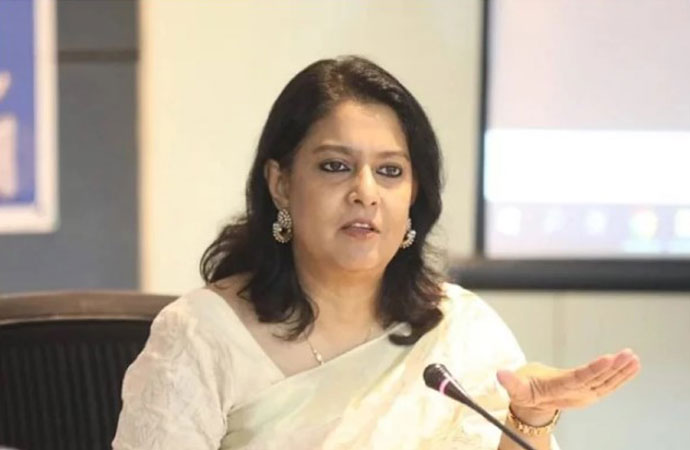





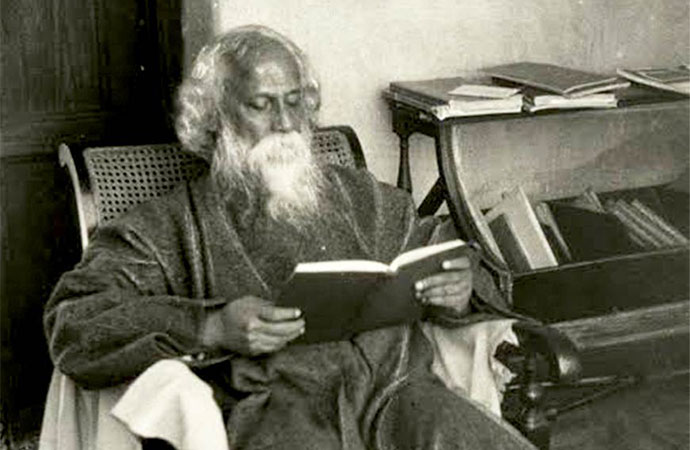
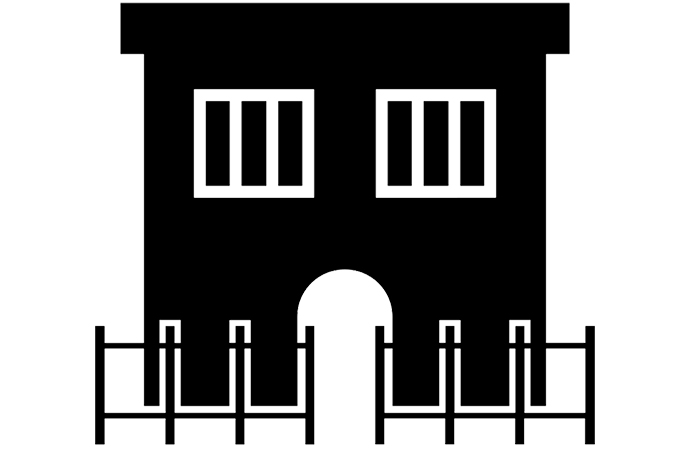

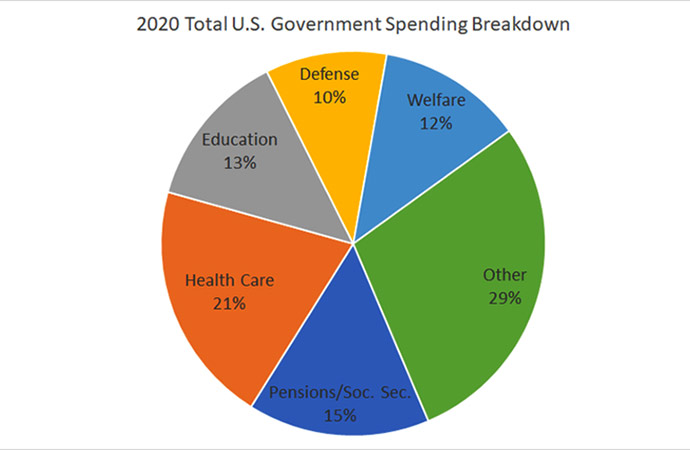
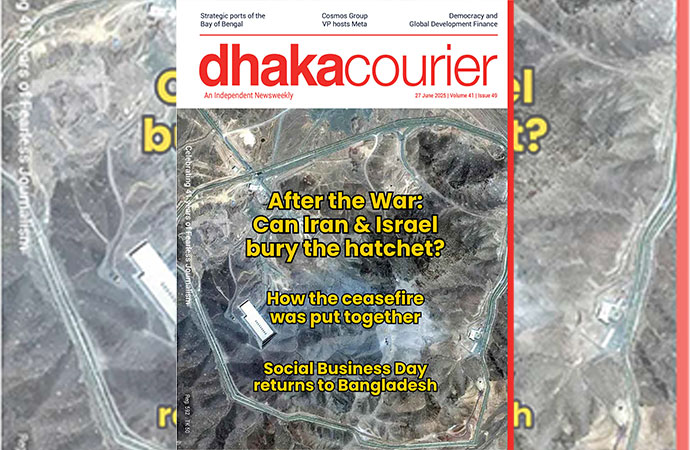
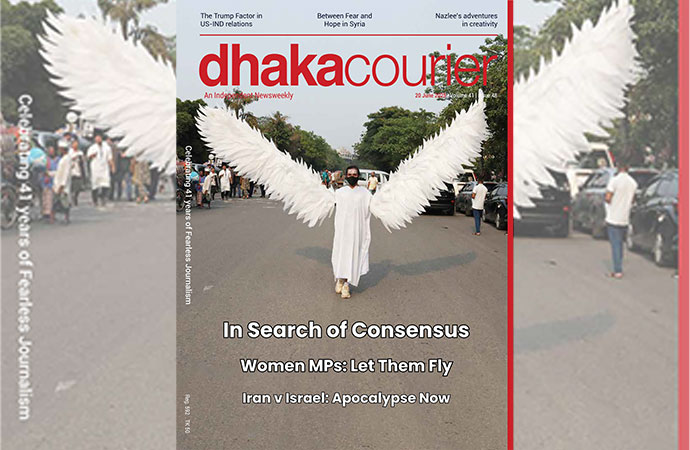

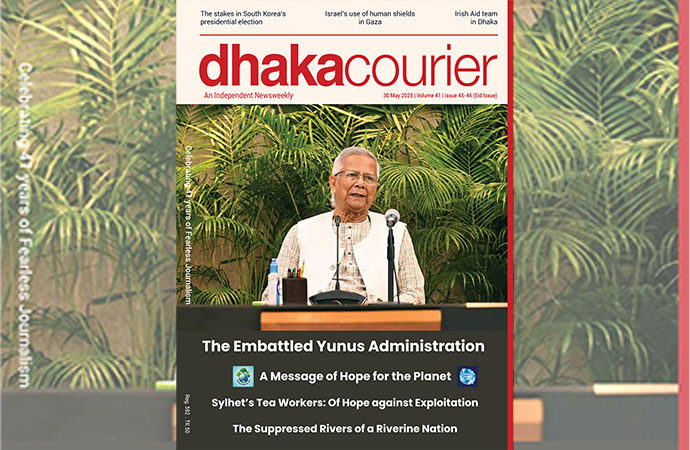
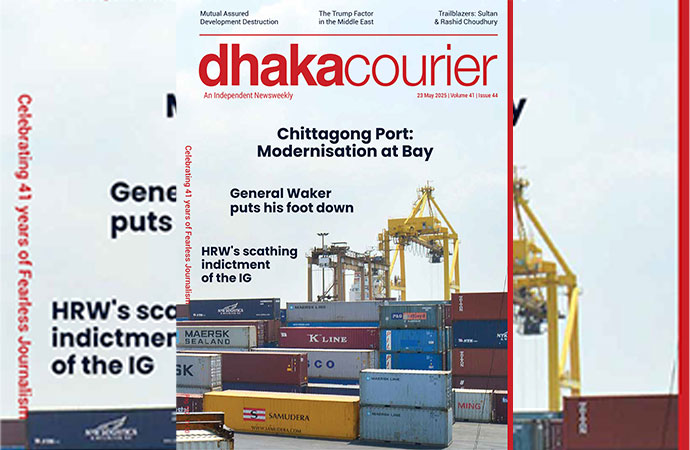

Leave a Comment
Recent Posts
Cosmos Group VP Nahar Khan hos ...
A visiting delegation from Meta, the parent company of Facebook, Insta ...
Break the gloom, build a bette ...
Emphasising the transformative power of social business and its strong ...
‘Mobocracy’ must not prevail
The US Supreme Court allowed the Trump administratio ..
Germany dependable partner in our development journe ..
15th edition of Social Business Day: Prof Yunus to j ..